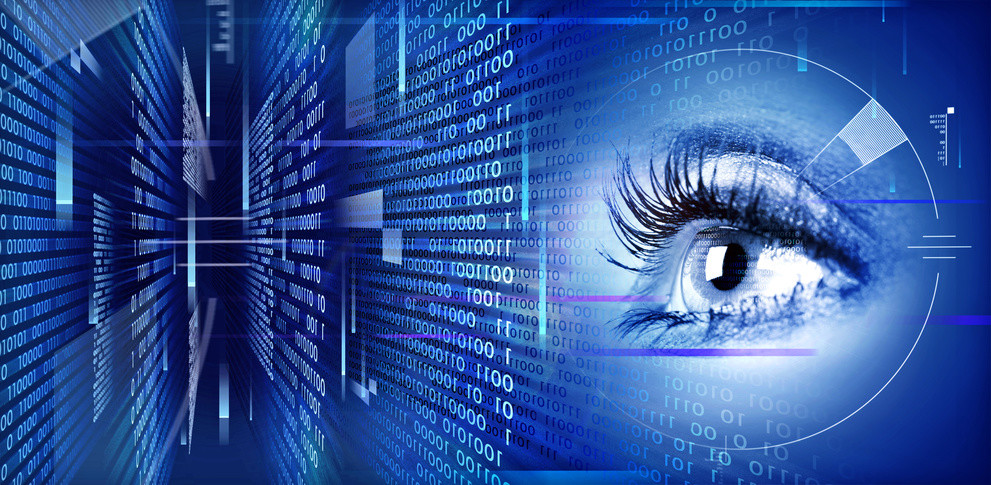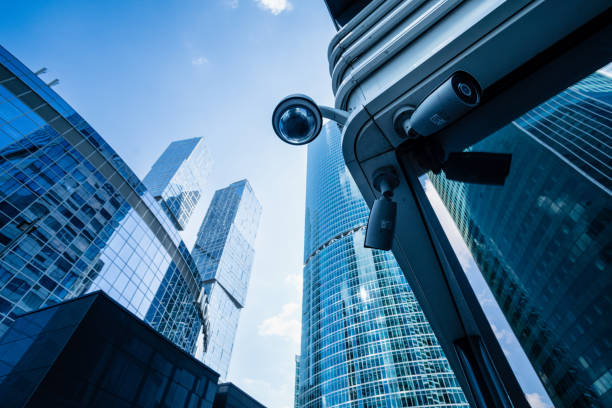Securing Your Organization: Corporate Security Essentials Unveiled
From Cybersecurity to Physical Procedures: Reinforcing Business Security in a Changing Globe
By incorporating the strengths of both cybersecurity and physical protection, firms can produce an extensive protection strategy that addresses the diverse array of dangers they face. In this discussion, we will discover the altering danger landscape, the need to integrate cybersecurity and physical protection, the application of multi-factor authentication actions, the importance of worker awareness and training, and the adjustment of security actions for remote workforces. By analyzing these essential locations, we will certainly get important insights right into exactly how organizations can strengthen their business protection in an ever-changing world.
Understanding the Changing Threat Landscape
The developing nature of the modern-day world demands an extensive understanding of the changing danger landscape for efficient corporate security. In today's digital and interconnected age, risks to business safety have ended up being more complicated and innovative. As modern technology breakthroughs and services end up being significantly dependent on electronic framework, the potential for cyberattacks, data breaches, and various other security violations has actually considerably raised. It is vital for organizations to stay notified and adapt their safety and security measures to deal with these evolving risks.
One secret element of understanding the altering hazard landscape is recognizing the different types of hazards that organizations encounter. Additionally, physical risks such as burglary, vandalism, and corporate espionage continue to be prevalent issues for services.
Tracking and evaluating the danger landscape is essential in order to identify potential dangers and vulnerabilities. This includes staying upgraded on the newest cybersecurity patterns, assessing threat knowledge reports, and conducting regular danger evaluations. By comprehending the transforming risk landscape, organizations can proactively execute proper protection measures to minimize threats and secure their properties, track record, and stakeholders.
Integrating Cybersecurity and Physical Safety And Security
Incorporating cybersecurity and physical security is crucial for thorough company security in today's electronic and interconnected landscape. As companies progressively depend on modern technology and interconnected systems, the boundaries between physical and cyber risks are ending up being blurred. To efficiently guard against these threats, a holistic method that incorporates both cybersecurity and physical safety and security actions is important.
Cybersecurity concentrates on shielding electronic possessions, such as networks, systems, and data, from unauthorized accessibility, interruption, and theft. Physical safety, on the other hand, includes procedures to secure physical assets, individuals, and centers from risks and susceptabilities. By integrating these two domain names, organizations can resolve vulnerabilities and threats from both electronic and physical angles, consequently boosting their total safety and security position.
The integration of these two self-controls enables an extra thorough understanding of protection threats and allows a unified feedback to occurrences. As an example, physical accessibility controls can be improved by integrating them with cybersecurity protocols, such as two-factor verification or biometric recognition. Cybersecurity procedures can be enhanced by physical safety and security actions, such as monitoring video cameras, alarms, and protected gain access to factors.

Implementing Multi-Factor Authentication Actions
As organizations progressively focus on thorough safety actions, one reliable technique is the execution of multi-factor authentication steps. Multi-factor authentication (MFA) is a protection method that needs individuals to supply several forms of recognition to access a system or application. This approach adds an additional layer of protection by integrating something the customer recognizes, such as a password, with something they have, like a safety or a finger print token.
By implementing MFA, organizations can considerably boost their security stance - corporate security. Traditional password-based authentication has its limitations, as passwords can be quickly jeopardized or failed to remember. MFA alleviates these threats by including an added verification variable, making it more challenging for unauthorized individuals to get access to sensitive information
There are several sorts of multi-factor verification methods available, consisting of biometric verification, SMS-based confirmation codes, and equipment tokens. Organizations need to assess their specific demands and select the most appropriate MFA solution for their needs.
Nevertheless, the implementation of MFA should be carefully intended and carried out. It is crucial to strike a balance between security and functionality to stop individual aggravation and resistance. Organizations ought to likewise consider possible compatibility concerns and give ample training and assistance to make sure a smooth transition.
Enhancing Worker Understanding and Training
To reinforce company safety and security, companies have to prioritize enhancing staff member recognition and training. Numerous safety violations take place due to human mistake or absence of awareness.
Effective worker understanding and training programs need to cover a large range of topics, consisting of information protection, phishing assaults, social engineering, password health, and physical safety procedures. These programs need to be tailored to the specific needs and responsibilities of various worker functions within the company. Routine training workshops, sessions, and simulations can assist employees create the needed skills and knowledge to respond and determine to safety dangers successfully.
Furthermore, organizations need to motivate a culture of security recognition and supply ongoing updates and suggestions to maintain employees educated regarding the latest threats and mitigation strategies. This can be done with internal interaction networks, such as newsletters, intranet sites, and email projects. By fostering a security-conscious labor force, organizations can significantly decrease the probability of safety events and shield their important properties from unapproved gain access to or compromise.

Adapting Protection Steps for Remote Workforce
Adjusting corporate safety and security actions to accommodate a remote workforce is necessary in making certain the defense of sensitive information and possessions (corporate security). With the boosting fad of remote job, companies have to implement suitable you could try here safety and security actions to reduce the risks connected with this new method of working
One vital facet of adjusting protection actions for remote job is developing safe visit our website and secure interaction networks. Encrypted messaging systems and digital private networks (VPNs) can help protect sensitive information and prevent unauthorized gain access to. Furthermore, organizations should implement using solid passwords and multi-factor verification to improve the safety and security of remote access.
Another important consideration is the implementation of safe and secure remote accessibility options. This involves giving staff members with safe accessibility to business resources and data via online desktop framework (VDI), remote desktop protocols (RDP), or cloud-based remedies. These modern technologies make sure that sensitive information remains secured while enabling employees to perform their duties successfully.

Finally, thorough safety and security understanding training is critical for remote employees. Training sessions ought to cover finest techniques for firmly accessing and handling delicate info, determining and reporting phishing efforts, and keeping the total cybersecurity health.
Conclusion
To conclude, as the danger landscape remains to advance, it is crucial for companies to strengthen their security measures both in the cyber and physical domains. Integrating cybersecurity and physical security, executing multi-factor authentication news steps, and improving worker understanding and training are essential steps towards achieving robust corporate security. In addition, adjusting safety procedures to fit remote labor forces is necessary in today's transforming globe. By carrying out these actions, organizations can mitigate threats and secure their beneficial properties from prospective dangers.
In this conversation, we will discover the changing hazard landscape, the need to integrate cybersecurity and physical safety, the implementation of multi-factor verification steps, the importance of worker awareness and training, and the adaptation of safety and security procedures for remote labor forces. Cybersecurity steps can be enhanced by physical protection actions, such as monitoring cameras, alarms, and secure gain access to factors.
As organizations significantly prioritize thorough security steps, one reliable strategy is the application of multi-factor authentication procedures.In verdict, as the danger landscape proceeds to evolve, it is critical for organizations to enhance their protection measures both in the cyber and physical domain names. Incorporating cybersecurity and physical safety and security, applying multi-factor verification measures, and improving worker awareness and training are necessary actions towards achieving durable company security.